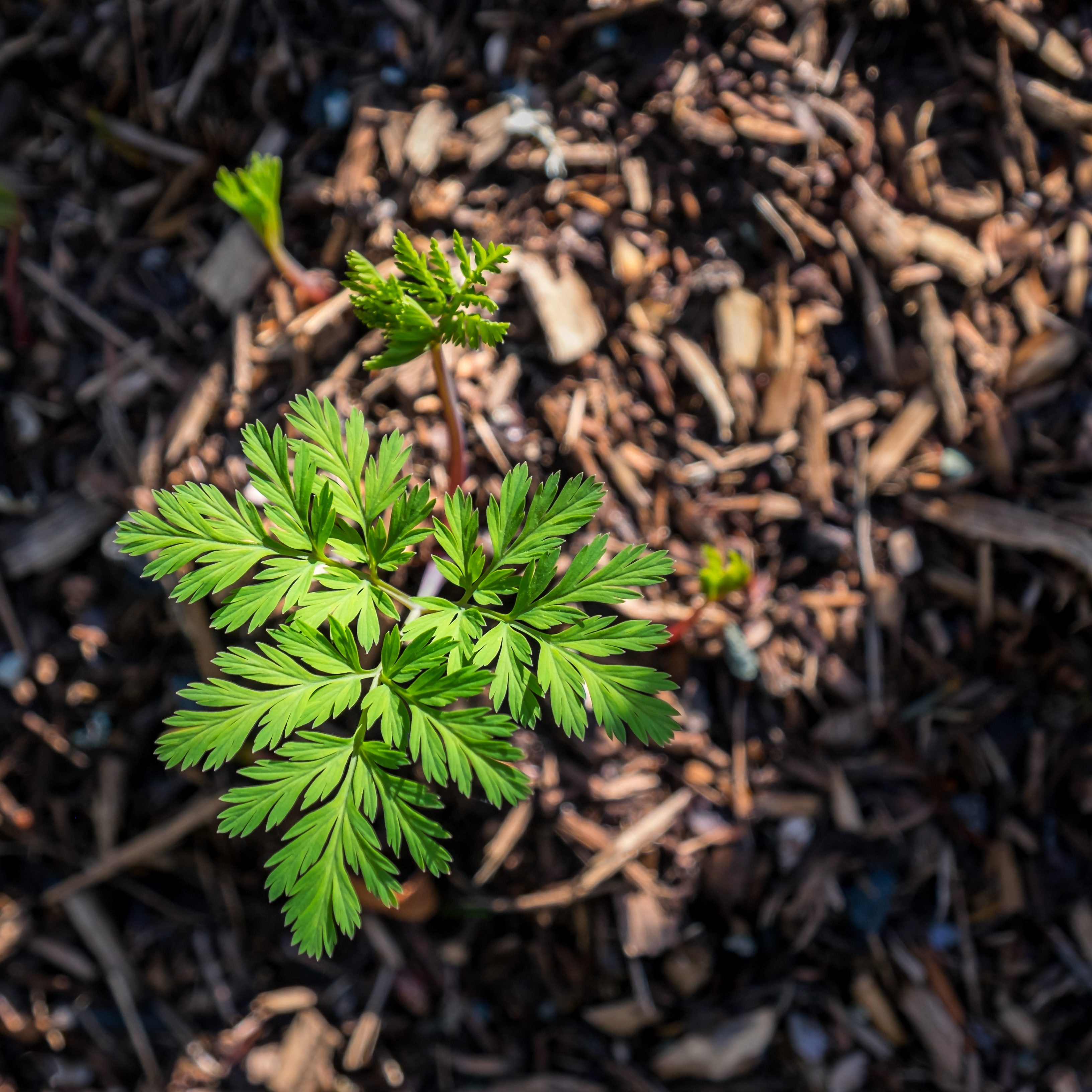Dormant Bleeding Heart Plants – How To Plant A Bare Root Bleeding Heart


An old-fashioned favorite of many gardeners, the bleeding heart is a reliable, easy-to-grow perennial for zones 3 through 9. Native to Japan, bleeding heart has gone in and out of popularity for hundreds of years throughout Asia, Europe, and America. With newer flower colors, foliage textures, and reblooming varieties widely available, it is once again a popular addition to partially shaded gardens. Thanks to the World Wide Web, getting your hands on the latest trending variety of bleeding heart is easier than ever. However, gardeners who are used to purchasing growing plants at nurseries or garden centers might get quite a shock when the bleeding heart plant they ordered online arrives as a bare root plant. Continue reading to learn how to plant a bare root bleeding heart.
Dormant Bleeding Heart Plants
Online nurseries and mail order catalogs usually sell bare root bleeding heart plants. While bleeding hearts purchased as container grown plants can be planted almost anytime, bare root bleeding hearts should only be planted in springtime. Ideally, you'll order from a reputable online nursery or mail order catalog, which will only have these plants available for sale during the appropriate time to plant them. However, if you do receive your bare root bleeding heart plants too early to plant them, you can keep them cool and moist in the refrigerator for a few weeks until you are able to. Another option would be to plant them in pots and transplant them into the garden later.
How to Plant a Bare Root Bleeding Heart
Bleeding heart grows best in a location with light shade. They do well in any average garden soil, though they prefer it to be slightly acidic. They cannot tolerate heavy clay or soggy soil, and they are susceptible to root and crown rots in these conditions. Keep these things in mind as you select a site to plant bleeding heart with bare roots. Unlike container bleeding hearts, they will be directly and immediately exposed to whatever soil you place them in and more susceptible to rots. Before planting bare root bleeding heart, soak them in water for an hour to rehydrate them, but do not let them soak any longer than four hours. In the meantime, loosen up the soil in the planting site at least a foot (31 cm.) deep and wide. Dig a hole large enough to accommodate the bare root plant. This won't need to be very deep. When you plant a bleeding heart with bare roots, the plant crown should stick slightly above the soil level and the roots should be spread out. The best way to accomplish this is to create a cone or mound of soil in the center of the hole you've dug. Place the bare root plant crown on the top of the mound so that its plant crown will stick out slightly above the soil. Then spread the roots so that they spread over and down the mound. Slowly refill the hole with soil, holding the bare root plant in place and lightly tamping down the soil as you refill it to prevent air bubbles. Give it some water and soon enough you should begin to notice new growth. That’s all there is to bare root planting of bleeding heart.
Sign up for the Gardening Know How newsletter today and receive a free copy of our e-book "How to Grow Delicious Tomatoes".

Darcy is a former contributor to Gardening Know How. She is a professional landscape designer and gardening writer with experience in plant sales. An avid gardener, Darcy has a passion for sharing practical tips to help others grow.